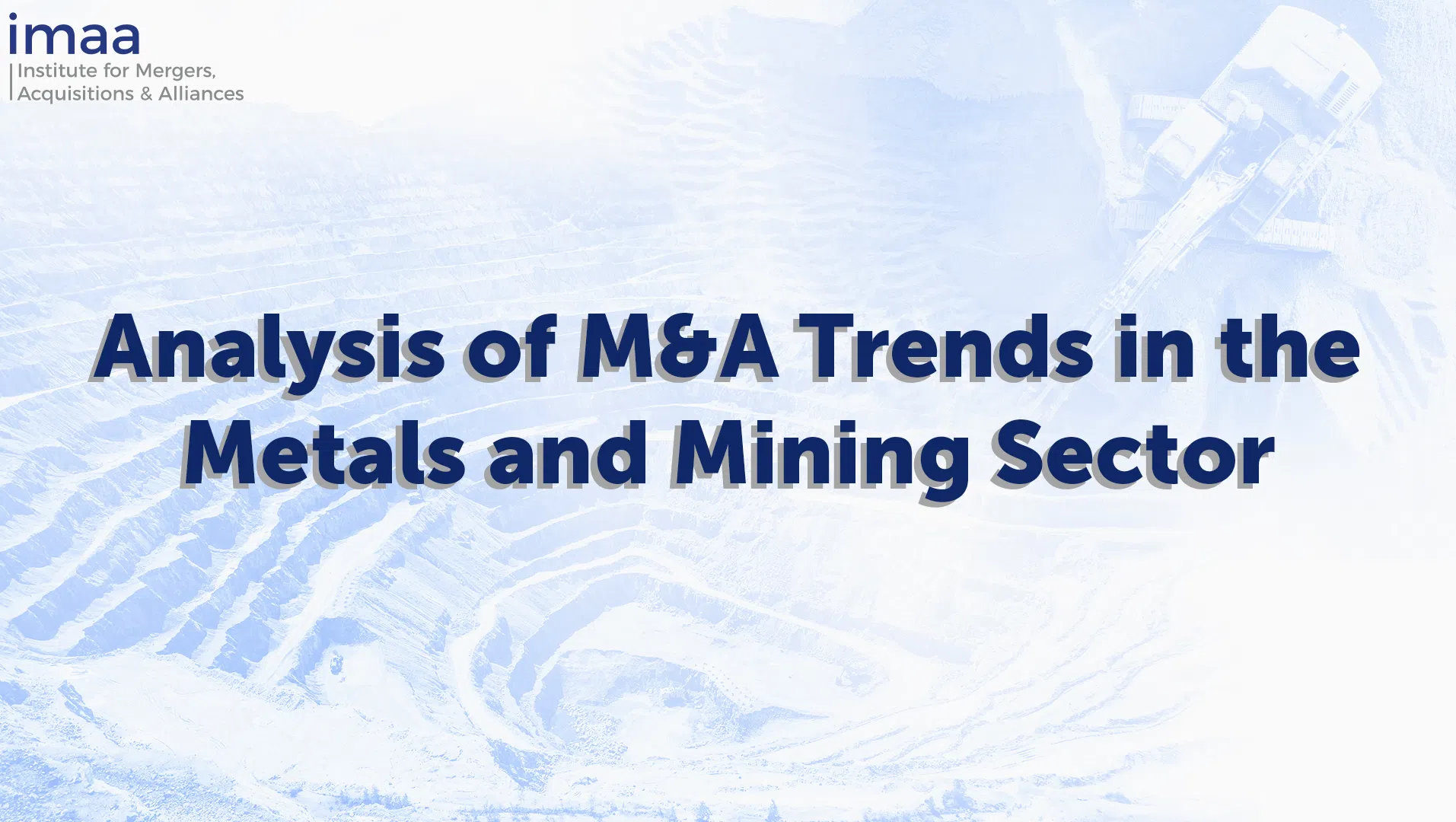
Publications Managing M&A People Risk: Best Practices For Buyers And Sellers
- Publications
Managing M&A People Risk: Best Practices For Buyers And Sellers
- Christopher Kummer

SHARE:
Talent scarcity and the maintaining of talent during M&A activity are prime considerations that must be factored into any such deals. The spiraling amount of global M&A activity undertaken and the pressures and complexities they entail demand an elevated approach to human capital management and the risks that confront every buyer and seller.
Merger and acquisition deals are fraught with people risk when the companies involved are unable to manage uncertainty and embrace change. This results in declining business performance and the potential loss of transaction value.
Poorly executed integrations, failure to consider culture and organizational fit and lack of clarity in employee communications are prime examples of people risks that can severely undermine deals and destroy value.
These risks have profound implications for organizations: If they’re not effectively addressed, they can lead to low morale, reduced productivity, the flight of key talent, diminished performance, inconsistent customer service and — ultimately — revenue and profit loss.
Today, these risks have never been more pronounced or pervasive. Worldwide M&A totaled $4.7 trillion last year (a 42 percent increase over 2014 levels) according to Thomson Reuters, making 2015 the strongest year for dealmaking on record. M&A activity was up 32 percent globally in 2015; in addition, cross-border M&A activity escalated by 27 percent over 2014 levels, totaling $1.6 trillion and accounting for one-third of overall M&A volume.
More than half (55 percent) of buyers, including both corporate and private equity, report that talent challenges will remain a significant HR issue in future M&A transactions, with employee retention cited as the No. 1 perceived risk, followed by cultural fit and leadership team concerns, according to a recent research report from Mercer, People Risks in M&A Transactions.
The research shows that by managing the investment in people with the same discipline and rigor they bring to the management of other capital investments, buyers and sellers can successfully overcome these risks. Overall, they can drive value through attention to such people areas as leadership and key-employee capabilities, effective retention strategies, clear culture communication and change-management planning, a global view of benefits management, the leveraging of experienced sell-side advisors and separation specialists and clear talent management/staffing plans.
As buyers manage not only the high costs of the sales process but also an intensely competitive marketplace and multi-country transactions, the Mercer survey shows that nearly half of respondents are willing to consider taking on pension and post-retirement pension obligations, with one in four of the transactions analyzed by the survey including single or multiemployer pension plans. But 41 percent of buyers report less time to complete due diligence prior to making a binding bid, and 33 percent say that sellers are providing less information about the asset for sale.
41% of buyers of companies report less time to complete due diligence prior to making a binding bid.
And while it is clearly a sellers’ market, sellers are not immune to the risks posed by an unpredictable deal environment. Many are under pressure to generate new shareholder value and quick returns, or are involved in sales of firms with complex operating challenges. Sellers are finding that HR issues require increased focus to reduce risk and maximize deal value; more than one-third of those surveyed spend more effort on HR issues than in the past.
It’s not surprising, then, that 64 percent of surveyed companies point to talent as the most significant aspect of due diligence, and more than half expect this trend to continue, followed by compensation and benefits, which are of particular concern for private equity buyers. For the majority of businesses, evaluating a deal after closing includes tracking HR synergies against business plan expectations.
In today’s M&A environment, buyers must move with urgency to initiate their change agenda immediately after the deal closes. The pre- close period and the first 100 days post-close are not the time to let deal fatigue slow down change planning and implementation. The change agenda should include aligning behaviors to new priorities via frequent, concise and transparent messaging.
Savvy buyers immediately align rewards such as short-term incentives and profit sharing with business objectives and harmonize or reduce benefits — for example, 401(k) or other retirement vehicles; medical, short-, and long-term disability and company-paid life insurance — to achieve more manageable cost levels. Customer alignment, sales force structure and related sales incentive plans are also frequently targeted for change in the first 100 days post-closing. The following represent people-related best practices in due diligence pre- and post-close.
Best Practices for Managing M&A People Risk
Buyer Best Practices:
- Assess leadership team and key employee capabilities.
- Develop effective retention strategies.
- Have a clear culture, communication and change-management plan.
- Evaluate HR service, delivery and design needs.
- Enlist experienced resources to speed the transition process and make it more efficient.
- Adopt an enterprise or global view to effectively manage benefits.
- Understand the market competitiveness of rewards and leverage your total reward programs to attract and retain the right talent.
- Retain experienced M&A and core HR-dedicated tool and project management resources.
Seller Best Practices:
- Identify critical employee groups and consider a retention program.
- Leverage experienced sell-side advisors and separation specialists.
- Consider providing a sensible, appropriately priced (cost-plus) Transition Services Agreement.
- Retain experienced M&A and core HR-dedicated tool and project management resources.
Leaders know the success of a new company formed as the result of an M&A transaction depends on ensuring that the right people land in the right jobs. Unless the deal involves nothing more than physical assets — which is the exception in today’s M&A world — the acquirer needs engaged, high-performing talent to ensure that the new company achieves its potential.
Talent decisions often involve more complexity than other integration decisions (e.g., products, markets, customers), yet may be made with less rigor, discipline and data. For M&A leaders to be successful, they need to “raise their game” in talent assessment. If anything, the spiraling amount of global M&A activity undertaken and the pressures and complexities they entail demand an elevated approach to human capital management and the risks that confront every buyer and seller.
TAGS:


Stay up to date with M&A news!
Subscribe to our newsletter


